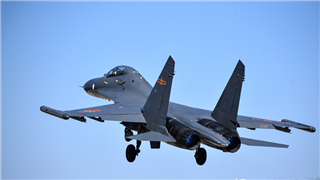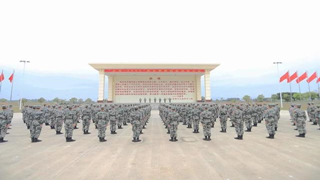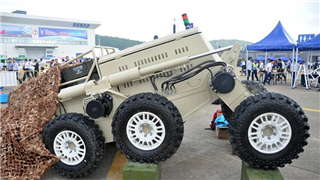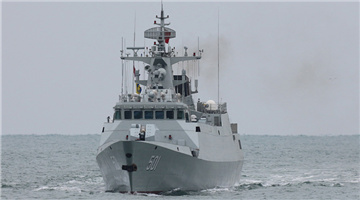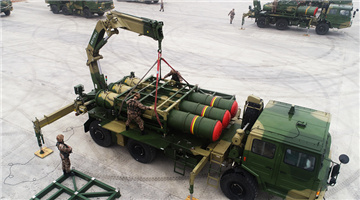
By Yu Jianbin
BEIJING, Mar.17 -- The 54th navigation satellite of the BeiDou system was successfully launched at the Xichang Satellite Launch Center a few days ago, which means that the completion of BeiDou global navigation network is only one step away. The series of Long March 3A(LM-3A) rockets are indispensable for each launch mission of the Beidou project and thus known as the "BeiDou Express". This time, the LM-3A rockets also set a new launch record again.
The construction of the BeiDou Navigation Satellite System (BDS) has gone through three phases of BDS-1, BDS-2 and BDS-3. The BDS-3 consists of 30 satellites, and the onelaunched this time is the 29th BeiDou satellite. The last geostationary satellite will be launched in May as planned. By then, the deployment of the BDS-3 satellite constellation with global coverage will be fully completed.
The LM-3A series mainly include three configurations: the launch capability of the Long March 3A is 2.6 tons, the Long March 3B 5.5 tons, and the Long March 3C 3.9 tons. According to the carrying capacity, different configurations can be selected to perform different tasks.
Jiang Jie, academician of the Chinese Academy of Sciences and chief designer of LM-3A carrier rockets of China Academy of Launch Vehicle Technology under the China Aerospace Science and Technology Corporation (CASC), said that the LM-3A series of rockets have undertaken all the launching tasks of China's BeiDou project. Since the launch of the first BeiDou navigation satellite in 2007, the rockets have sent 54 satellites into predetermined orbits through 39 times of successful launches. With the four test satellites launched from 2000 to 2007 being counted in, the LM-3A rockets have sent 58 BeiDou navigation satellites into orbit for 43 times with a 100% success rate.
How to achieve such a high success rate? In particular, how to ensure high reliability of the rocket when China's aerospace industry has entered the era of high-density launch?
Academician Jiang said that the current number of LM-3A rockets’ launches has reached 110 times, with a success rate of more than 98%, and the launch success rate of BeiDou registered as 100%. Behind the data, it is a set of research and production management models suitable for batch production and high-density launch formed by the research and development team that meet the needs of BeiDou engineering and rocket development.
The Yuanzheng-1 (Expedition-1) upper stage, known as the "space shuttle bus", is an extremely critical technological innovation. It can work with a rocket to send high earth orbit satellites directly to working orbit. When the rocket and satellite are separated outside the atmosphere, the upper stage will continue to carry the satellite and fly for several hours in space. Its flight altitude can reach tens of thousands of kilometers.
Jiang explained that the upper stage enables the rocket to launch high-orbit satellites, demonstrating China's capability to quickly enter space. It can realize the rapid deployment of spacecraft and the miniaturization of satellite platforms, and reduce the cost of space launch as well. In particular, two thirds of BeiDou's global navigation satellites are directly orbited, and the "space shuttle bus" has played a vital role.
It is extremely difficult to develop the upper stage. “Facing the challenge of flying in space for several hours and tens of thousands of kilometers, we must break through three major problems of autonomy, accuracy, and reliability”, said Jiang. She introduced that the development of the upper stage started in 2009 and the first flight was realized in 2015. In the end, it achieved full-process automation in navigation, guidance, and control with high precision, and made breakthroughs in a series of key technologies such as adaptation to high-level space radiation and microgravity, with the reliability and flight level of the upper stage greatly improved. So far, the Yuanzheng-1 upper stage has successfully completed 15 flights.
The Long March-3A rockets are expected to perform about 10 launch missions in 2020, including the BeiDou project, the Gaofen satellites project, the Fengyun meteorological satellites, and international commercial launch missions, undoubtedly being one of the busiest rocket series in China's aerospace industry.



